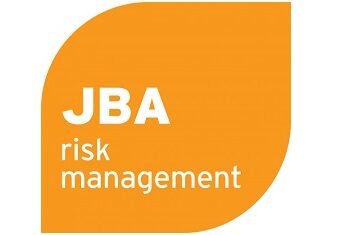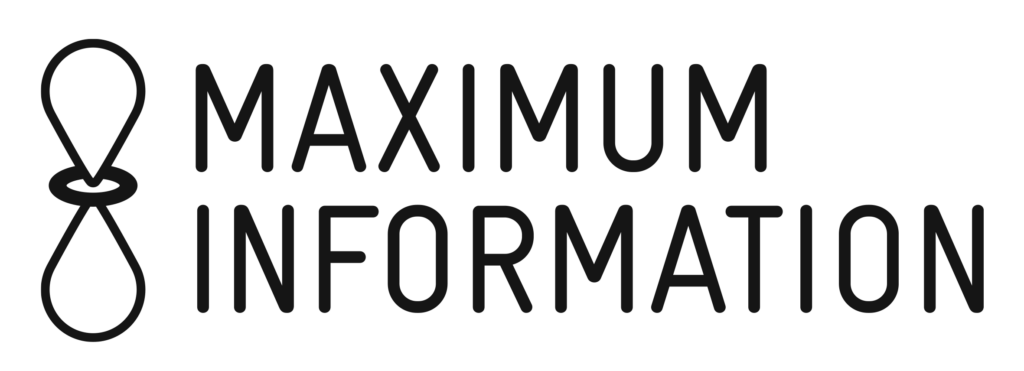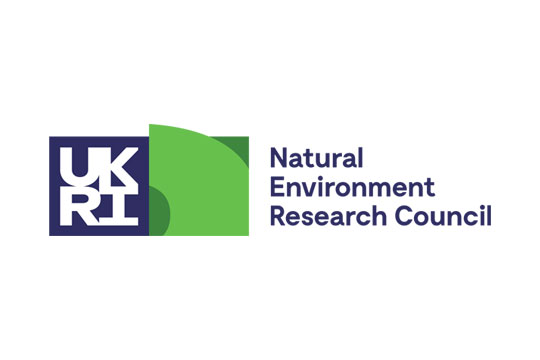10-11 June 2025 | Cloth Hall Court, Leeds, UK
Our 2025 Hackathon took place 10-11th June at the University of Leeds. The event brought together researchers and practitioners to investigate questions related to climate model data, and especially tropical cyclones, of relevance for the reinsurance industry (companies who insure insurers). Read reflections on the event from Dr Adrian Champion below, originally published on LinkedIn, and visit our Hackathon page for more outputs.
Two weeks ago, a hackathon hosted by the CGFI at the University of Leeds and sponsored by Aon took place. The topic of the hackathon was on tropical cyclones – their global correlation across basins, the suitability of using decadal forecasts to get a view of the risk for the next 5 years and an assessment of the underlying uncertainty in the current datasets to get a more informed view of the risk.
Six teams from across industry and academia came together to address these challenges over 2 days. They were provided with a large number of tropical cyclone track datasets generated from several different sources: observations, re-analysis, stochastic sets, decadal forecasts and climate data. Each group were free to choose the topic(s) they wanted to investigate, below is my summary of what I took away.
Differences between datasets
Whether it was analysing the current or future view or tropical cyclone risk, the conclusions were extremely dependent on which dataset was used, highlighting that model bias is important to consider when evaluating models and solutions. This resulted in large differences in the calculated return periods for whether there we will see landfalling activity in both the Atlantic and Pacific basins.
Whilst observation data is crucial for understanding impact and calculating losses, the small number of events of interest in the observation data means that it’s extremely important to use model data as well to get a more informed view of the hazard and the risk. Given the biases that are present in the model data as well as the observation data, this introduces several biases that need to be considered.
Clusters of activity
As already highlighted, different conclusions were drawn on the correlation of tropical cyclone activity between basins depending on the dataset used. However, it was also shown that there have been clusters of years when co-occurrence of tropical cyclones in both basins have been observed. The frequency of this clustering also depended on the model used, further complicating the conclusions as to whether we might observe co-occurrence in the future.
These results did highlight the need for a global view of tropical cyclone, which is not prevalent within the insurance industry as catastrophe models are typically focused on a specific region. The probability of co-occurrence is very small, however a clear reason as to why to expect, or not to expect, co-occurrence couldn’t be determined. It was also concluded that climate change may change this probability, but there is still considerable uncertainty.
Key Takeaways
The hackathon highlighted the need for the insurance industry to continue collaborating with the research community on natural hazard research. Due to the biases introduced by the underlying data, the limited number of years in the historical period, and the potential impacts of climate change, the global view of tropical cyclone risk will continue to evolve.
My thanks to Patricia Grant and Iain Clacher for hosting and organising the event, and inviting Aon to come up with the challenge; to Anne Barber for her work in pulling together all of the data and setting up the platform; my fellow judges Dr Freya Garry , John Ashcroft












